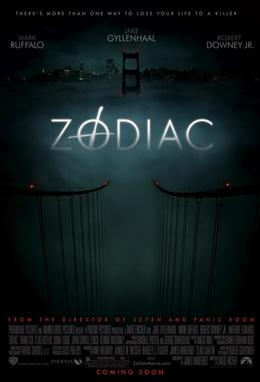Lists
















69 Shows, 39 Movies, 14 Books, 1 Game
stuff i wanna watch but am not at all desperate to got some reason
Sort by:
Recent Desc
Liked by
More lists by River Rain



Things i watched/read in 2023
List includes: Seinfeld, The Butterfly Effect, Catwoman
February 2023
0
@obvslybatwmn



Things I watched/read in 2022
List includes: Seinfeld, The Simpsons, Parks and Recreation
January 2023
0
@obvslybatwmn



Things I Read/Watched in 2021
List includes: The Hangover, Zodiac, Mulan
October 2022
0
@obvslybatwmn